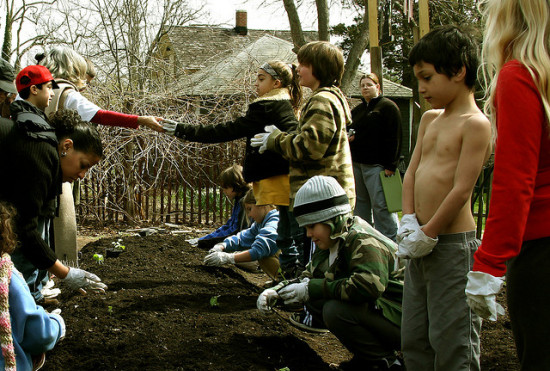
Don’t worry. I promise not to post horrible pictures of the sub-standard, sugar-laden, artificial color-filled, over cooked commodity that is the school lunch program in America. I’ll leave that to others (like this Mom who ate a school lunch every day for a year).
It’s enough to make any Real Food loving parent cry. Feeding our children well is a BIG problem. New standards released this month by the U.S.D.A. will do very little to actually change anything.
According to Ed Bruske of The Slow Cook,
What we’ll probably see as a result of the new guidelines is food manufacturers reformulating their products or perhaps creating new ones. Most schools don’t serve fresh foods, but rather meals made from highly processed components that arrive frozen from manufacturers around the country, who frequently make their products specifically to conform with school meal requirements.
Margo Wootan of the Center for Science in the Public Interest, a key lobbyist on school food matters, recently told The Washington Post that judging the guidelines in terms of food quality, as opposed to health measures, is a “foodie” concern. But of course the quality of food does matter if you want kids to eat it, and if you’re trying to teach children the difference between real food and the junk they are exposed to every day.
What Wootan and these guidelines fail to take into account is the growing concern that schools not merely feed hungry children, but show them there is another world of food besides the junk food culture they grow up in.
It’s not just a matter of putting food in kids’ bellies, not when food insecurity and obesity exist side-by-side. This really is a question of social justice for our times: Whether disadvantaged children for whom the subsidized meal program is designed deserve an opportunity to eat quality food just as much as children from families who can afford to shop at a farmers market. Picture the difference between processed chicken nuggets (still allowed under the new guidelines) and cooked-to-death broccoli, versus a salad bar of fresh vegetables, fruits and maybe chicken salad.
What the public and mainstream media have yet to grasp is that serving real food in school takes radical changes on the local level, not merely tinkering with standards originating in Washington. That means an attitude change and a commitment on the part of local school officials, parents and elected leaders.
And maybe it takes a bit more than the measly six cents per meal Congress has allotted to make all these improvements.
(Emphasis mine.)
So, how can you teach your children “the difference between Real Food and the junk they are exposed to every day?”
How can you start demanding “radical changes at the local level?” Changing your own community?
It starts with exposing kids to passionate teachers and quality foods. In the community, that might look like working with kids in an after school garden-to-plate program (or perhaps even lobbying for it to be part of their science curriculum). As parents, you can probably help your kids in that second department by making sure that you serve up Real Food on their dinner plates.
But what about “passionate teachers”? Particularly teachers who are willing to emphasize the difference in quality and nutrition between industrialized food and Real Food? CAFO-produced meats and pasture-based animal husbandry? Sustainable and organic systems that create soil versus soil-depleting, chemical-laden mono-crops?
If you feel like that part of your child’s education is lacking, consider enrolling them (or yourself!) in my upcoming Real Food Nutrition & Health E-Course.
Each week’s lesson contains:
- Engaging Reading Assignments
- Time-Saving Audio Files
- Informative yet Entertaining Videos
- Group Discussion Questions
- Creative and Thought-Provoking Projects
Interested? Want to learn more about what each lesson covers or see a sample video? Click here.
(photo by Aria Photography)
 |



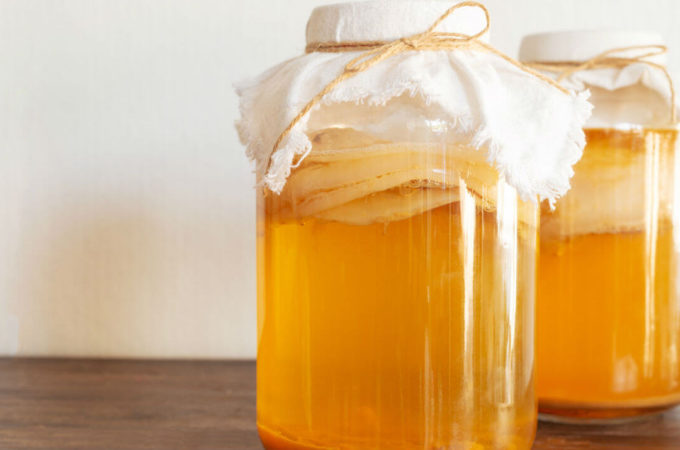
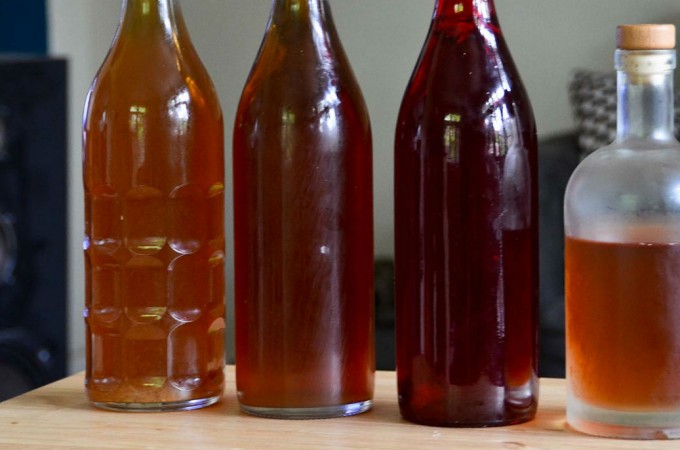

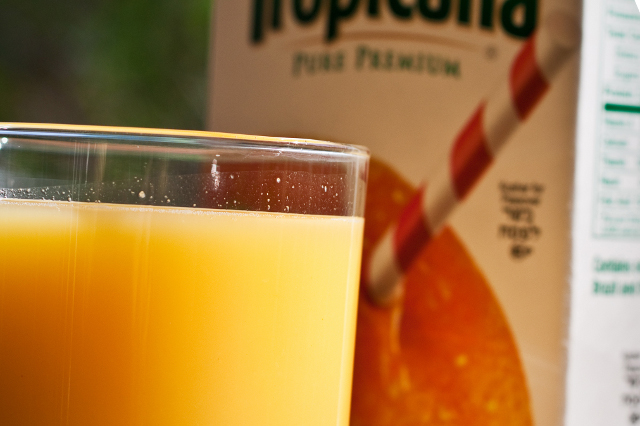







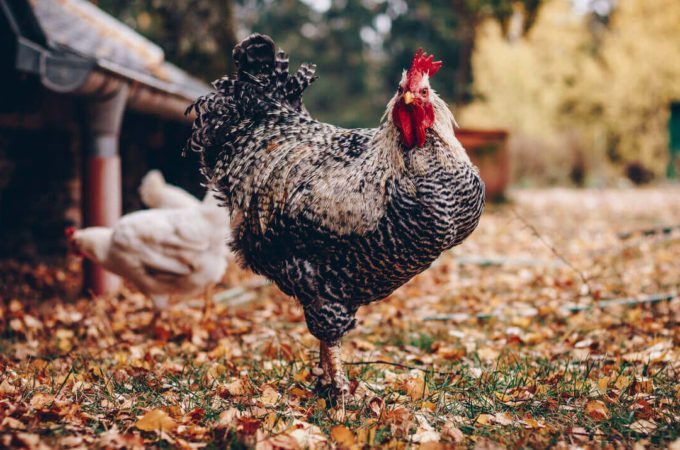

I very much agree that school lunches are NOT what kids should be eating, whatever experts say. But when the cafeteria is trying to feed a couple hundred kids in 30 minutes or so, I understand why they use the quick stuff (frozen, etc). I think the key is for parents to really step up and feed their own children. How easy (and much cheaper) it can be to send a thermos of soup, a sandwhich, and a piece of fruit in a small (and fun colored) bag. You’ve got to teach child to put all items back in the bag and bring the bag home, but after my kindergarten and 1st grade year, I mostly had it down. By high school, I was making my own lunch to take, and now as an adult, I can’t imagine anything different.
Anyhoo, off my high horse, now, I’ve got to head to school (I’m a teacher).
My daughter goes to a small, private school where all the kids bring their own snacks and lunches. That’s in fact one of the reasons we chose this particular school. And even if she went elsewhere, we’d pack her lunch. So I agree that the ideal situation is for more parents to pack (healthful) lunches from home.
But the fact is that too many parents won’t/don’t pack healthful lunches. Did anyone see the brown-bagged lunches featured on Jamie Oliver’s first Food Revolution show? Yeah, that’s typical. So while people can argue all day about the legitimacy of the school-food system, the fact remains that it exists, and it isn’t going away. So we need to do whatever we can to make it better. Even those of us who don’t use it ourselves.
Ed and Kristen are right that teachers, principals, parents and local officials can have a lot of influence. You might be interested in this piece I wrote about a school that is taking food up a notch, focusing not on bogus “nutritional standards,” but on ingredients and quality. And, most importantly, on how/where those foods are sourced: http://spoonfedblog.net/2010/08/26/school-food-beyond-swapping-white-for-wheat/
BTW, I have to ask: Why is that kid in the picture not wearing a shirt?! 😉
Spoonfed: Raising kids to think about the food they eat
Thanks, Christina. I always think of you whenever I write about feeding kids Real Food!
The pic is actually from a homeschooling group that decided to start a garden. Not sure why the kid isn’t wearing a shirt, only that his mom is probably 5 feet away from him. 🙂
Well, that’s nice, Kristen, thanks. I’ve actually been meaning to get in touch about writing something about your e-course. I won’t be able to do it before this semester starts, but if you’ll be doing the course again, let me know.
And, OK, I guess that makes me feel better about the shirtless kid. Everyone else just looks so bundled!
Spoonfed: Raising kids to think about the food they eat
Sounds like another good reason to Homeschool!
during my education along the way to becoming an RD I got to tour the facility that packages all of the school lunches for our city’s schools. The factory system is so limiting to the sizes of containers and the size and types of foods that be used with the equipment. There are no kitchens in our elementary school buildings and so the standardization of the reheating is all very obligatory as well.
I also observed several days worth of lunch periods and did a waste study (record what was discarded). At this particular school almost all the kids were on free lunch. A few kids brought a packaged meal from home like Lunchables and were pestered by their peers to share. The handful of packed from home meals that I saw were discarded- yep, that nice homemade sandwich went in the trash. I don’t know why, but it seemed like these kids weren’t interested in food that wasn’t factory sealed.
Eye opening experience.
That is tragic, and exactly what we need to counter!
Get them involved in growing the food or picking it out from the farmers market/grocery store. Prepare the food with them. It will be good bonding time and there will be a sense of pride knowing that they made the meal.
I can’t remember where I was the other day, but I was paying for something the other day and somehow the topic of food came up. The checkout guy was surprised that my kids liked broccoli and apples. Perhaps the fact that they’re homeschooled and have never had to eat school lunches helps.
School lunches are a big problem! (One of the many factors that led to our decision to homeschool). The schools in our area have banned all nuts and nut butters because of allergies, but still center the meals in the cafeteria around processed grains and sugar laden milk…. so frustrating. I do think that even kids who go to schools with less than ideal cafeteria food can be taught to make healthy choices if they are involved in seeing their food prepared or grown. As moms, I think sometimes we give our kids too much leeway and let them eat what they want rather than take the time to explain nutrition to them and help them form the ability to make healthy eating decisions on their own. It was a struggle for us when we started eating real food, but now my four year old will eat salad, and he told his pediatrician that he wouldn’t drink soda when he had a stomach bug because “It is bad for your body.”
Thanks for getting this info out there and for your course… much needed info!
Thankfully our school switched food vendors this year, and the quality and choices have increased dramatically. It is not always perfect, but a big improvement. We know the boys start the day well, and end it well, and 8/10 days the middle is good also.
Good question!
Education! I guess we first laid the foundation of WHO to listen to by homeschooling. I believe it HAS made a difference.
Even though my 7th grader is now in
School he still listens to my excitement over amazing foods and what they do for you. We also talk about bad foods often and what they do to our bodies. He was the hardest to convert, but he’s a label reader now and even educates his friends. I’m thrilled. All my 3 kids a proud to be adventurous eaters. TEACH don’t trick … One thing at a time.
Not sure why schools are feeding our children in the first place. Parents seem to want to give as much responsibility for raising their children to others and then scream when problems arise.
To see how it can and should be done see this heartening article:
http://www.anh-europe.org/news/anh-intl-feature-why-the-healthy-%E2%80%98school-dinner%E2%80%99-revolution-is-vital-to-our-kids%E2%80%99-futures
When I taught middle school and had lunch duty, I was always kind of amazed that the kids thought my spinach and hummus wraps were “totally gross, Miss.” As they shoveled in french fries and chicken nuggets. We definitely need to work on our school lunches, but the reality is that as long as the government is subsidizing corn and processed junk food, nothing is going to change on a large scale. And making parents send lunch isn’t the answer, either; I can’t tell you how many kids I saw on those lunch duties that had coke and cheetos as their lunch (brought from home!). Until the American public is more educated and more concerned about what they are (and what they should be) putting into their bodies, I don’t see a lot of real change happening.
Thanks for this post! As you can tell, I’m feeling a bit discouraged about this topic, but it’s good to see the information getting out.
@Susan- the reason schools feed the children is because before the 40s the poor kids just didn’t eat. Kids were growing up with nutritional decifiencies and thus were being rejected from the armed services. So, the school lunch program is a national security program, it is also a social program so that kids are able to eat at school when in many cases they wouldn’t be able to otherwise.
Just because school lunch was created as a safety net doesn’t mean that the meals shouldn’t be as healthy as possible- for all school children to benefit from whether they get free lunch or not.
Is the book for the younger age group (6-11) available yet?